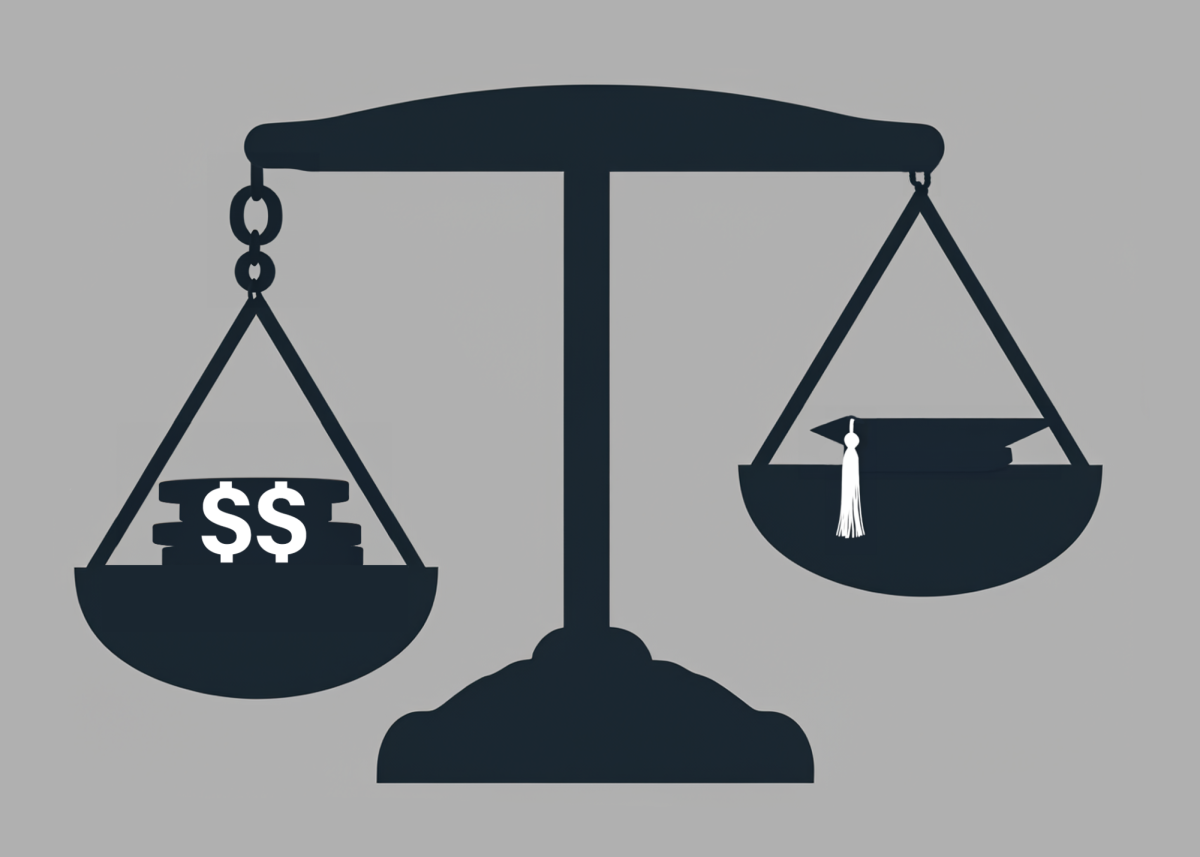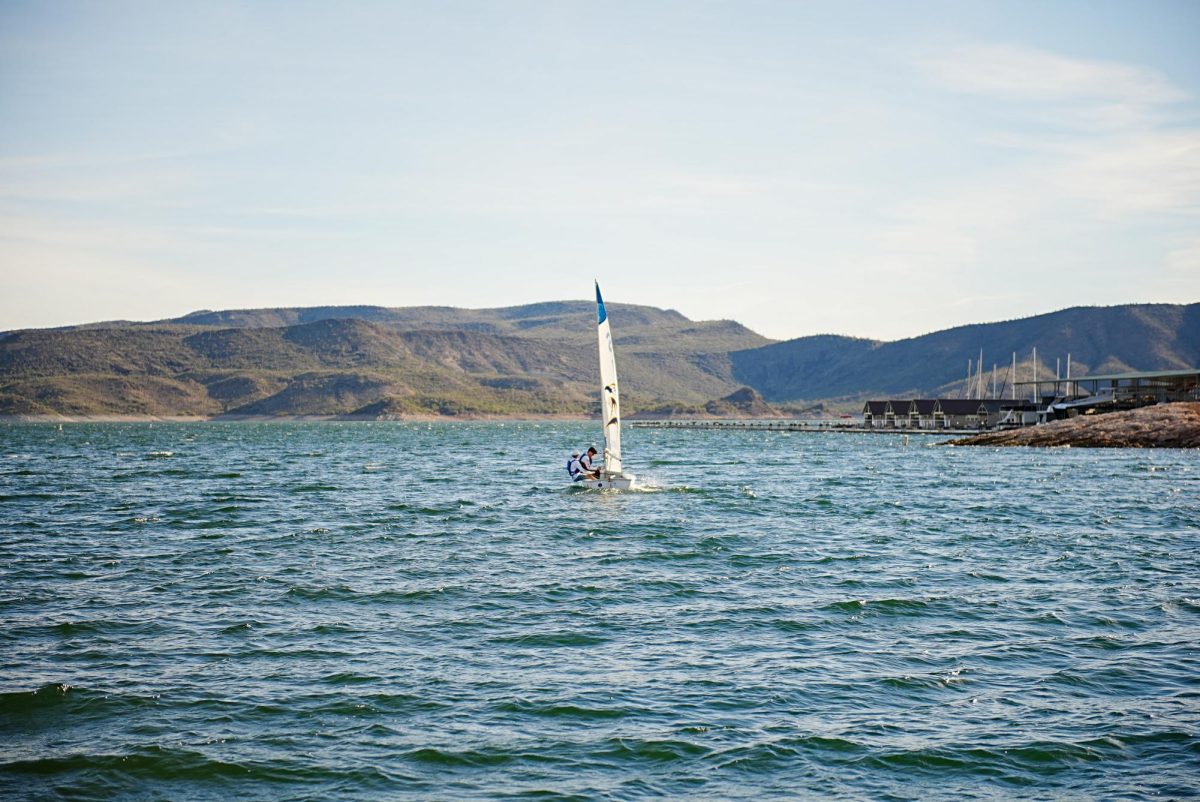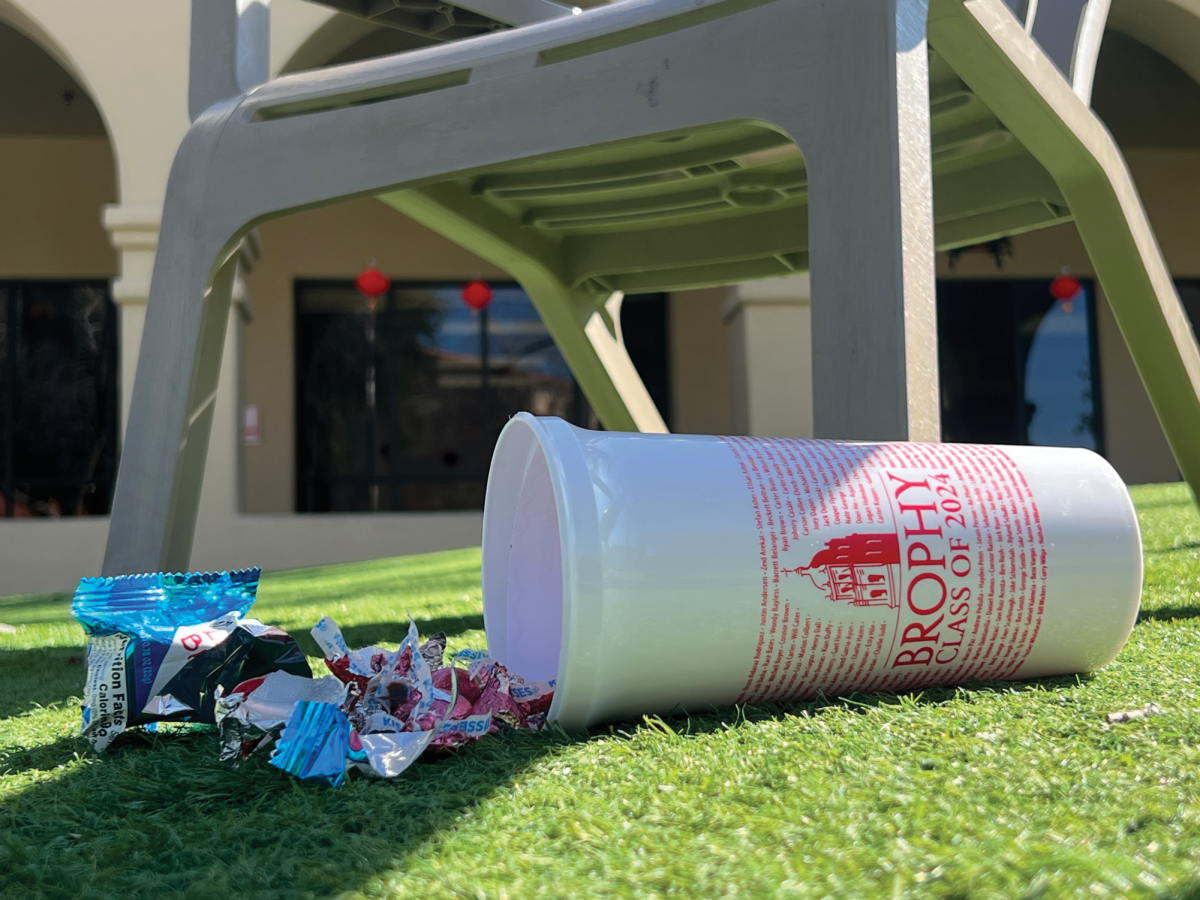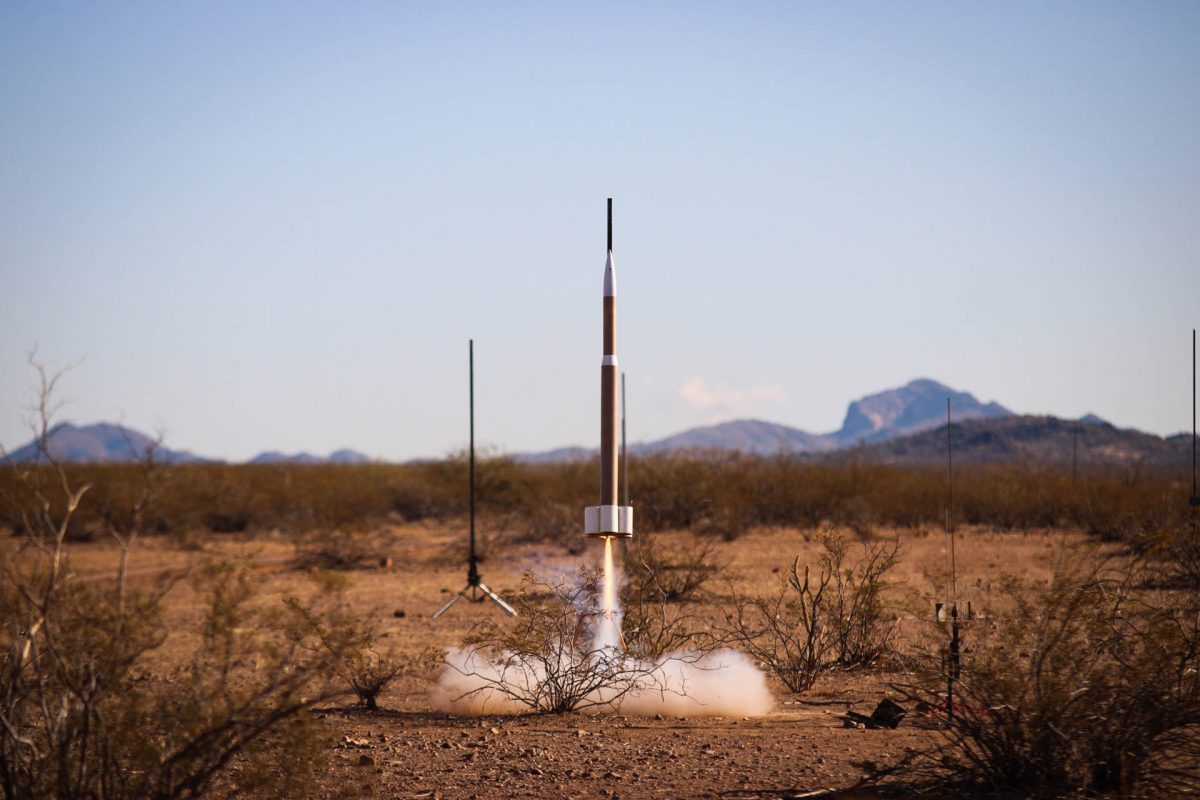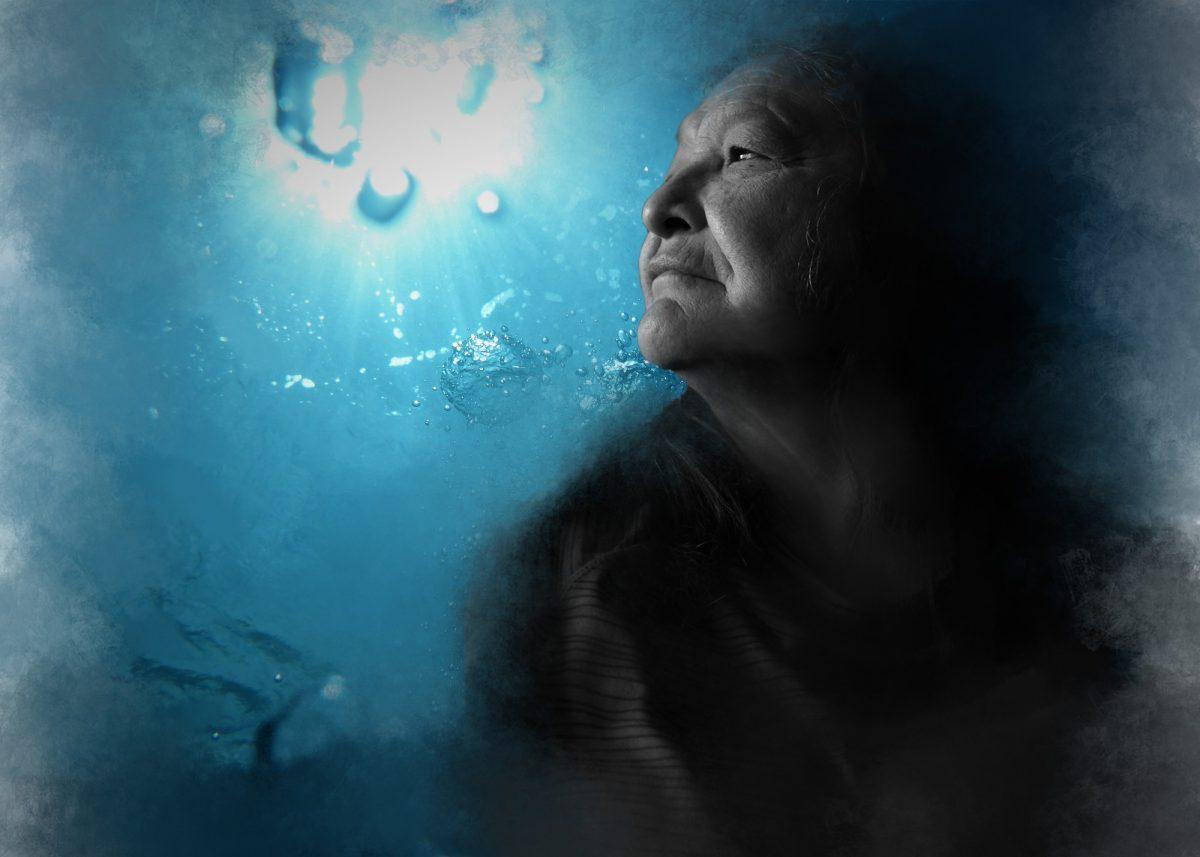Photo by Garret Van Wie ’22 | A Native American is starkly contrasted with a beautiful water background.
By Garret Van Wie ’22
THE ROUNDUP
58 out of every 1,000 Native American households lack plumbing, compared with three out of every 1,000 white people. This in turn leads to higher rates of death, poverty and unemployment that disproportionately affect Native Americans.
Thousands of years ago, the Akimel O’odham tribe, commonly known as the Gila River Indian Community in later years, gathered around what would be known as the Gila River. As time progressed, the tribe developed a community rooted to the earth with miles of canals, thousands of acres of farmland, and a culture cultivated all kinds of art.
During the Gold Rush, men streamed across the tribe’s territory and many received food and shelter from the Akimel O’odham tribe. The Gadsden Purchase officially made southern Arizona a part of the United States and, in 1859, Congress established the first Arizona reservation, which was perceived positively by both parties, for the help that the Native Americans provided in developing western expansion. In later years the Akimel O’odham tribe would realize the negative outcomes that would stem from the new constrained territory.
Many tribes live near uranium mines (some fully active), waste ponds, and more dangerous sites that can contaminate the precious water supply.
Water companies have refused to test their water for safety without great financial compensation that the residents can’t afford.
From 1944 to 1986, mining companies drew out 30 million tons of uranium from Navajo land, but when the U.S. Energy department had enough for the Cold War, the companies abandoned the project, leaving 521 mines behind. As of 2017, only nine have been cleaned up.
As a result of these mines, many Navajo have died from conditions that stem directly from uranium contamination.
A scientist and member of the Navajo Nation, Tommy Rock, compared water in communities outside and inside the reservations and found that there was a dangerous amount of uranium concentration in the water that the Arizona Department of Environmental Quality knew about since 2003, yet never addressed until 2015.
Even after notifying the residents, the department claimed there were no health risks, something public health experts have refuted, citing that 10 years of exposure can be very dangerous.
All across the nation, the loss of Native American dignity is clear. “We need to bring awareness to it. Not many people know about it,” said Cole Logg ’21. “My family lived in an area with no water source, and the only water you could get was from this well… contaminated from copper mines.”
He proceeded to describe how his family drank the contaminated water, as it was the only source of water available and now, stomach problems have been the cause of many deaths in Logg’s family.
Cole Logg agreed there was a lack of respect for the human dignity of native people by the government. He said he knew of numerous times where the government interfered with the Native Americans or reservations and left unsolved problems in their wake.
The director of the uranium impact assessment at Southwest Research and Information Center, Chris Shuey says the policies of the Energy Department, the Environmental Protection Agency (EPA), and the tribe have hurt the Navajo people, and because the law focuses more on the relationship between the EPA and the mining companies, Shuey feels that institutional racism is playing a role.
In a 2017 poll, 39% of Native Americans believe that prejudice in laws and government policies is more of a problem that individual prejudices. Showing that the root problem of the water crisis in Native American communities is systemic, in the governmental and not representative of how individuals may feel. This explains why even in Arizona, a state becoming more and more democratic/progressive, change can be almost impossible to create.
Shuey, explained that the seemingly simple solution of just leaving is not one that is plausible from an economic or cultural perspective. When a Navajo child is born, their umbilical cord is buried in the ground, rooting that child to that place forever. That’s just one example of how Navajos have a very powerful connection to the environment and their land specifically as a result.



